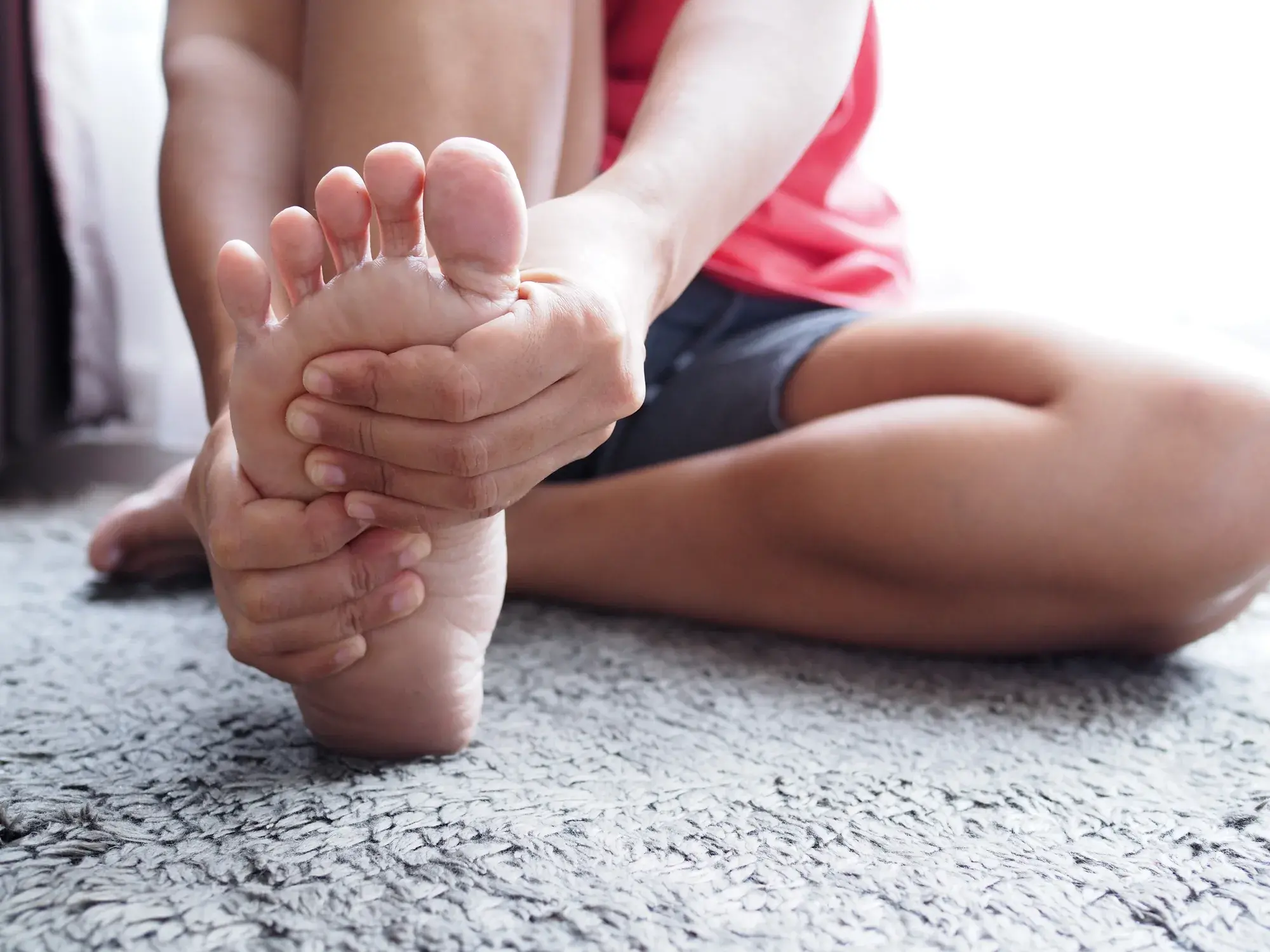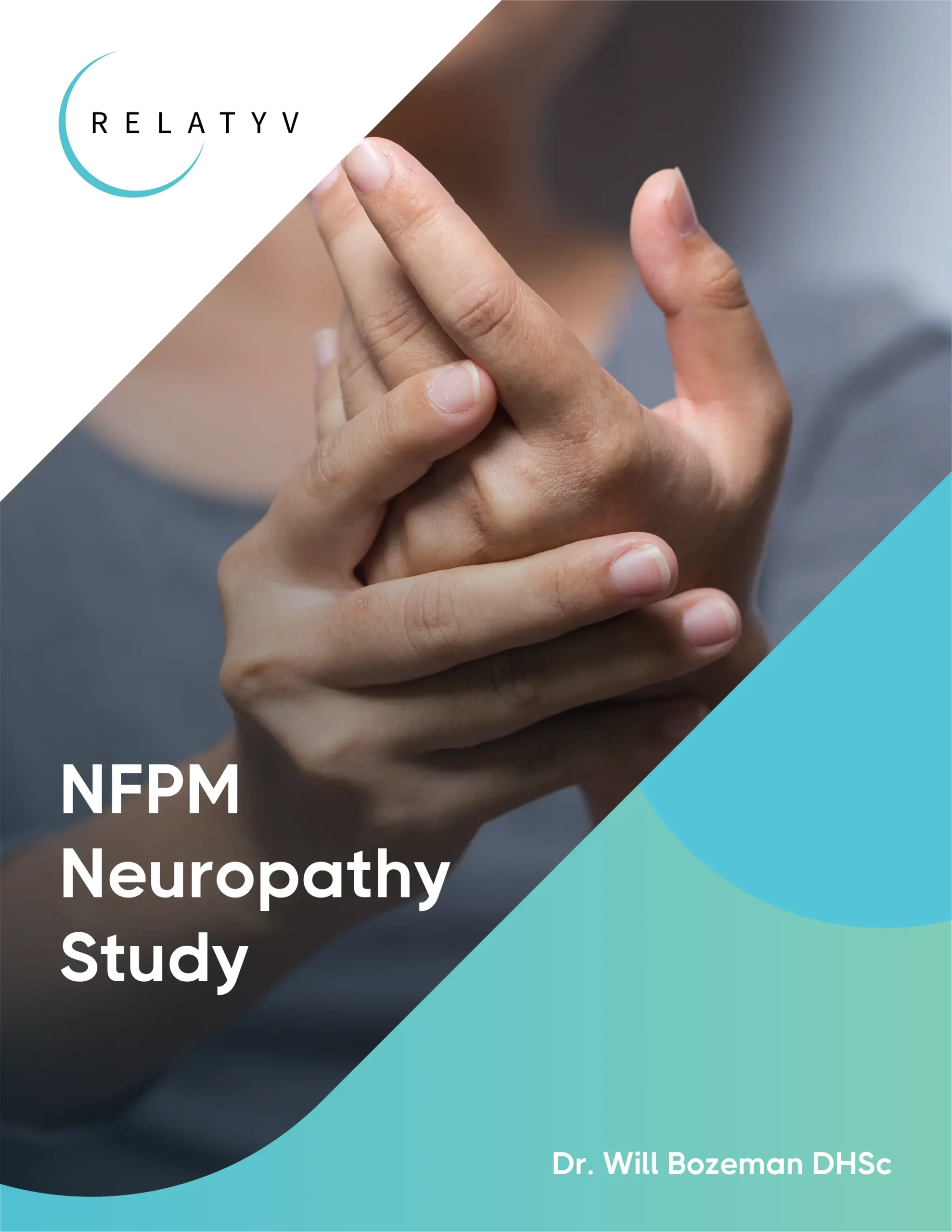Plantar Fasciitis

Does Plantar Fasciitis Cause Swelling?
Read More
July 10, 2023
Do you experience a nagging pain throughout the bottom of your heel or foot arch every time you take a step? If so, you might be suffering from plantar fasciitis. This is a common condition that causes inflammation of the plantar fascia, a band of tissue that connects the heel bone to the toes.
The pain associated with this condition can make walking or even standing feel like a daunting task. But plantar fasciitis doesn’t have to limit your day-to-day life. In this article, we will highlight six effective plantar fasciitis exercises that can help to relieve your pain and get you back on your feet.
So, what exactly is plantar fasciitis? The plantar fascia plays a critical role in maintaining the arch of your feet, where it provides sturdy foundations and stability for your entire body with every step you take. It is a thick fibrous band of muscle, and when it becomes irritated or inflamed, it can lead to that intense heel pain which can persist for months if left untreated.
There are varying causes of plantar fasciitis, ranging from over-exercising and prolonged standing to improper footwear and obesity. Athletes or individuals who have an overly high foot arch or particularly flat feet are more susceptible to experiencing this painful condition.
The good news is that the pain and discomfort associated with plantar fasciitis can be alleviated with a combination of rest, adequate footwear, and targeted exercises. By incorporating specific exercises into your daily routine, you’ll be taking proactive steps to address the root cause of your heel pain and restore comfort to your daily activities.
In addition, we unveil a revolutionary alternative for tackling plantar fasciitis pain and restoring your mobility. Relatyv offers a holistic approach that goes beyond conventional medicines and addresses the root cause of the condition.
This alternative treatment doesn’t rely on medications, making it ideal for individuals seeking a natural solution to alleviate their heel pain associated with plantar fasciitis.
Let’s go on to discuss the six specific exercises for plantar fasciitis that are known to be effective in significantly alleviating pain and discomfort. Get ready to have your future steps become pain-free!
When it comes to plantar fasciitis, there are a multitude of benefits that come with performing targeted stretches and conditioning exercises. Not only can they assist in relieving pain and discomfort, but they can also play a big role in strengthening the muscles and tissues involved, which can prevent future flare-ups. Key benefits include:
1. Pain Relief: Targeted stretches can alleviate pain by loosening the tight plantar fascia and calf muscles, reducing strain on the inflamed muscles and surrounding tissues. Additionally, specific exercises focus on strengthening the supportive muscles of the foot, improving stability, and reducing stress on the affected area.
2. Improved Flexibility: Plantar fasciitis commonly occurs as a result of tightness throughout the calf and plantar fascia. By implementing a regular stretching regime, you can improve the flexibility of these muscles, which can reduce painful symptoms.
Additionally, enhanced flexibility can help prevent future injuries and maintain overall foot, ankle, and calf health.
3. Promotes Healing: Doing stretches and exercises stimulates blood flow to the inflamed and painful area of the foot. By increasing circulation, there is an increase of available essential nutrients, oxygen, and healing properties that promotes the repair and recovery of damaged tissues.
Additionally, increased blood flow can help flush out waste products from the area, aiding the healing process.
4. Preventing Recurring Episodes: Unfortunately, if the underlying issues of plantar fasciitis are not addressed, this condition has a tendency to recur. Having a sound stretching and exercise regime will help strengthen all surrounding structures of the foot.
By acquiring additional strength and flexibility, you are implementing a preventative measure to reduce the risk of future flare-ups and providing long-term relief.
So, now we have an understanding of how stretches and exercises can be beneficial to managing plantar fasciitis. How do we know what exercises are best and what movements should be avoided? We’ll discuss this in more detail next.
We have carefully selected six exercises that are highly effective at targeting the underlying causes of plantar fasciitis. They can help improve mobility and reduce that stabbing pain throughout your heel.
As recommended by our group of experienced and qualified physicians, these exercises have proven to help many people suffering from this painful condition.
Begin with your feet hip-width apart, standing near a wall, table, or alternative stable surface for support.
Moving both feet at the same time, slowly raise your heels off the ground, shifting your body weight onto the balls of your feet.
Hold this raised position for a maximum of four to five seconds, then slowly lower your heels back to the ground.
Repeat this exercise for ten repetitions. You can gradually increase the repetitions as you feel comfortable.
Sitting either on the floor or in a chair, cross one ankle over the opposite leg and rest it just above the knee.
Wrap one hand over your toes, and use your other hand to brace your ankle.
Slowly pull your toes back towards your torso. You should feel the bottom of your foot gently stretching.
Hold this stretch for twenty seconds, then release. Repeat this exercise two to three times for each foot.
Place a tennis ball on the ground in front of you as you sit comfortably on a chair.
Next, position the ball so it is neatly held by the arch of your foot.
Gently roll the ball back and forth using your foot, applying light pressure.
Continue rolling the ball for around one to two minutes, then complete the exercise using the opposite foot.
While doing this, focus on the areas that feel particularly tight or tender.
Sitting in a chair, place a plastic container on the floor in front of you (such as a lunchbox or ice cream container).
Then, scatter a few marbles or small objects on the ground around the container.
By using only your toes, pick up one object or marble at a time and place it into the container.
Repeat the process until you have completed ten repetitions on each foot.
Whilst sitting in a chair, extend one leg out in front of you.
Hold both ends of a resistance band or rolled-up towel, then place it around the ball of your foot.
Now gently flex your toes upwards and pull your toes towards you with the towel or band. You should feel a stretch in the arch of your foot.
Hold the stretch at the top of the motion for twenty seconds, then slowly release the foot downwards. Repeat this exercise with the other foot.
Begin this exercise by sitting comfortably in a chair with your feet flat on the floor.
Now place a towel on the ground just in front of your toes.
Using a toe-curling motion, grip the towel with your toes and scrunch it towards you, holding it for one to two seconds.
Release the towel and then repeat this curling motion for ten repetitions. You can gradually increase the repetitions as your toes begin to strengthen.
Being consistent with these exercises for plantar fasciitis will ensure you get the best results and relief. Although these particular movements will be beneficial, that is not the case for all exercises. There are some movements that may aggravate and worsen plantar fasciitis, we’ll discuss them next.
It is important to be aware that some exercises have a tendency to worsen plantar fasciitis. They can increase inflammation and hinder the recovery process. Here are some exercises that should be avoided:
Plyometric exercises are high-impact exercises that involve explosive movements such as jumping and skipping. These movements place large amounts of strain on the plantar fascia and can significantly aggravate the already inflamed tissues. Avoid exercises such as box jumps, jump squats, or skip rope, as they are likely to increase pain and delay the healing process.
Both running and jogging are exercises that place high-impact, repetitive stress on the plantar fascia. While they are great for cardiovascular health, the persistent thumping of your feet on the ground can worsen the painful symptoms of plantar fasciitis and prevent recovery. It is best to avoid running and jogging until the symptoms of your plantar fasciitis improve.
Burpees are a full-body workout that involves squatting, jumping, and push-ups, all of which are done in one explosive repetition. The rapid and repetitive transitions from lying to standing and then into jumping can cause a lot of strain on the plantar fascia and will likely aggravate painful symptoms.
You could modify the exercise to involve less impact on the feet. However, we have a feeling you won’t mind sitting out for this grueling exercise!
Ensuring the proper healing of the plantar fascia requires adequate rest from all impactful activities. The good news is plantar fasciitis will resolve with appropriate rest and targeted conditioning exercises.
As your symptoms begin to improve, you can gradually start incorporating low-impact activities or modified versions of these exercises.
In the next section, we will discuss additional tips on how to manage your plantar fasciitis flare-ups so you can begin walking and exercising pain-free again.
When beginning to incorporate exercises into your plantar fasciitis management plan, follow these simple tips and precautions that help to optimize the healing process:
Investing in good quality and shock-absorbing shoes or orthotic inserts can enhance support and help reduce the likelihood of plantar fasciitis reoccurring.
Pain and discomfort are your body’s way of telling you something isn’t right. Listen to what your body and pay attention to any symptoms of pain and discomfort that arise during exercises.
Remember, not everyone will experience plantar fasciitis in the same way. Every individual’s experience with this condition is unique, and what works for some people may not work for others.
By consulting a healthcare professional, you can get specialized assessments and receive a management plan that is tailored to your condition and specific needs.
While conditioning exercises can often help manage the pain of plantar fasciitis, they may not always be sufficient. Over-the-counter medications offer temporary relief, but alternative methods exist that don’t rely on pharmaceuticals. So, what are some alternative options to alleviate plantar fasciitis pain? We’ll explore these options next.
At Relatyv, we offer specialized treatments that can effectively relieve the pain associated with plantar fasciitis. Our approach focuses on Neurofunctional Pain Management, which addresses the painful symptoms of plantar fasciitis without the use of pharmaceuticals or risky operations.
Our Relatyv protocol involves a powerful combination of Electroanalgesia and IV Hydration Therapy. Both are specifically designed to reduce pain and inflammation caused by plantar fasciitis and promote healing.
Electroanalgesia is a well-researched and innovative therapy that involves directing high-frequency electronic waves to the affected area. This is a painless procedure that not only reduces pain and inflammation at a cellular level but can also signal the release of naturally occurring endorphins, providing long-lasting relief.
Over multiple sessions, electroanalgesia can help to improve muscle function, reduce plantar fasciitis pain and enhance your overall well-being.
Sessions of individually tailored IV Hydration Therapy are also incorporated throughout our Neruagenex protocol. This is a very effective way to directly administer nutrients, vitamins, and minerals into the body through the bloodstream. This aids in reducing inflammation and optimizing the body’s environment for healing and tissue repair.
At Relatyv, we strongly believe in encompassing a comprehensive whole-person approach to health care, which is why we also provide lifestyle counseling. We understand that treating plantar fasciitis involves more than just addressing physical pain.
We provide guidance on improving your overall physical and psychological health and well-being, enhancing your quality of life.
Plantar fasciitis can be a frustrating condition that affects your daily life, including your ability to walk. However, with the right treatment and support, you can regain your mobility and stop the stabbing pain associated with this condition.
Targeted stretches and conditioning exercises can help manage the pain associated with plantar fasciitis and prevent it from recurring. Individual experiences may vary, and finding long-lasting relief without relying on medications can be more difficult for some.
At Relatyv, we are dedicated to providing comprehensive care that can help you find relief from plantar fasciitis with the help of our state-of-the-art innovative therapies.
We utilize a Neurofunctional Pain Management approach which offers non-pharmaceutical and non-surgical alternatives for effective and long-lasting relief from the painful symptoms of plantar fasciitis.
We’d love to work with you, help you regain your mobility, and ensure you can enjoy the activities you love without the limitations of plantar fasciitis pain.
About the Author
Will is a healthcare executive, innovator, entrepreneur, inventor, and writer with a wide range of experience in the medical field. Will has multiple degrees in a wide range of subjects that give depth to his capability as an entrepreneur and capacity to operate as an innovative healthcare executive.
Share on Social Media




You can see how this popup was set up in our step-by-step guide: https://wppopupmaker.com/guides/auto-opening-announcement-popups/
You can see how this popup was set up in our step-by-step guide: https://wppopupmaker.com/guides/auto-opening-announcement-popups/
Neurofunctional Pain Management Overview
IV Therapy
Symptoms
Conditions Treated
Treatments
Articles by Category
Locations
Colorado
Wisconsin
Georgia
Hiram
Lawrenceville
Marietta
Powder Springs
Texas
Waco
Victoria
Illinois
Buffalo Grove
New Lenox
St. Charles
Arizona
Tucson
Waddell
Arlington
Avondale
Buckeye
Superior
Mesa
Palo Verde
Morristown
Tempe
Chandler
Anthem
Eloy
Florence
Fort McDowell
Phoenix
El Mirage
Coolidge
Gilbert
Arizona City
Casa Grande
Casa Blanca
Aguila
Sacaton
Apache Junction
Kearny
Stanfield
Goodyear
Litchfield Park
Alabama
Arkansas
California
Florida
Idaho
Michigan
Rhode Island
Minnesota
New Mexico
North Carolina
Ohio
Pennsylvania
South Dakota
Tennessee
Virginia

